You are here
Back to topHigh Temperatures in Shaanxi Spell Disaster for Kiwifruit Production
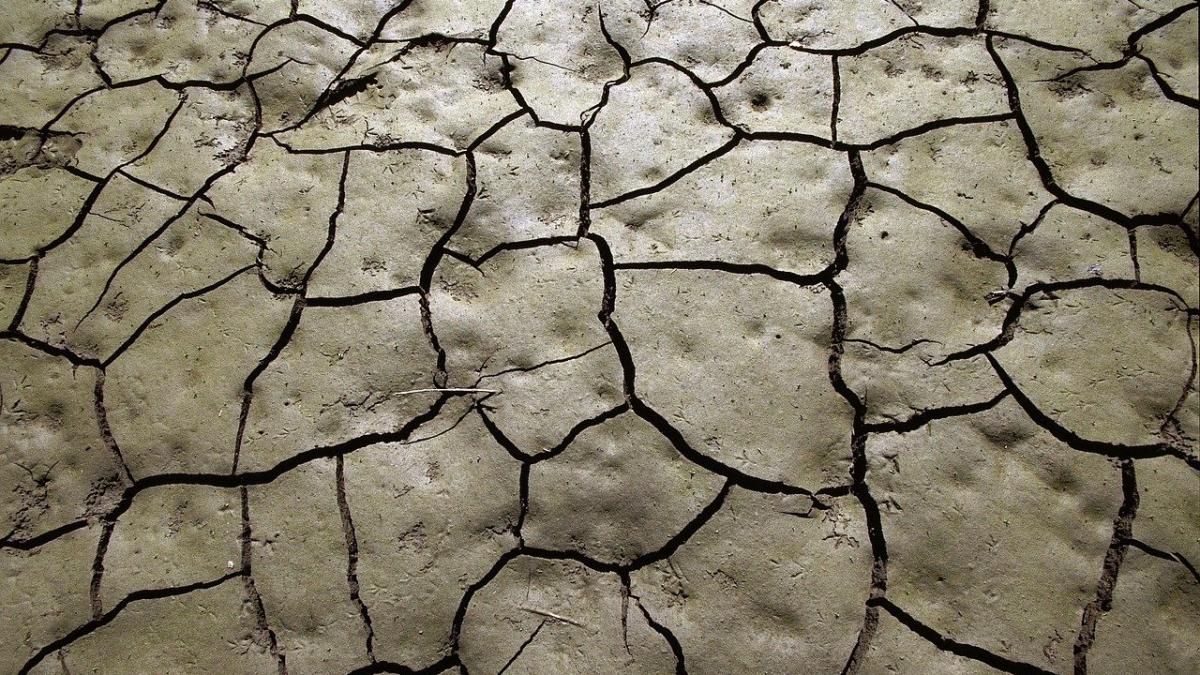
Between June and July, continuous high temperatures and strong sunlight in Shaanxi province caused severe sunburn in locally grown fruits, including grapes and kiwifruit.
Days of scorching heat accelerated moisture loss from the soil and caused many of Shaanxi’s kiwifruit farmers to suffer heavy losses. Not only did the leaves of the kiwifruit turn brown owing to dehydration, but the fruit was also affected by sunburn necrosis, causing the skin of the fruit to peel and the flesh to dry out.
According to data from the Shaanxi Meteorological Service Center, 149 stations recorded temperatures above 35 degrees Celsius for 27 days, while 11 stations recorded temperatures in excess of 40 degrees Celsius on June 24 and 25. At the beginning of July, surface temperatures above 40 degrees Celsius occurred across most of the Guanzhong Plain and southern Shaanxi province.
Meteorological departments across Shaanxi province have issued numerous warnings regarding the risk of high-temperature sunburn for kiwifruit. In the main production areas of Guanzhong and southern Shaanxi, the fruit skin temperature approached 50 degrees Celsius for several hours a day, which is sufficient to cause severe sunburn.
Around July 11, the continual high temperatures came to a temporary end, as Shaanxi ushered in a period of extensive precipitation. Since July 24, however, the province has been affected by a new round of high temperatures and strong sunlight.
Shaanxi is China’s largest kiwifruit cultivation area. In 2021, output reached 1.29 million metric tons, representing a year-on-year increase of 11.7%. The core production areas of Meixian and Zhouzhi accounted for 80% of the total output, with each county harvesting over 500,000 metric tons of kiwifruit.
While total kiwifruit output in Shaanxi province has increased in recent years, the average output per hectare has been less than ideal. In 2020, the average yield was around 22.71 metric tons per hectare, a year-on-year decrease of 4.54%. This improved slightly in 2021, when the average yield increased to 23.18 metric tons per hectare.
The persistent high temperatures across Shaanxi province this summer are expected to have a negative impact on kiwifruit yield and quality. According to local farmers, high temperatures and dry weather are encountered almost every year in Shaanxi, but 80% of the sunburn risk can be mitigated by watering the crops and preparing sunshade nets in advance. This year, however, the weather patterns changed suddenly, allowing farmers no time to prepare. The sunburn was especially severe, and it was difficult to supply the kiwifruit with enough water. Many farmers were forced to remove the ripened fruit to prevent further water absorption from the plants and avoid drying them out completely.
As the hot weather in Shaanxi province continues, the impact of sunburn damage on this year’s kiwifruit yield is still difficult to predict.
Image: Pixabay
This article was translated from Chinese. Read the original article.



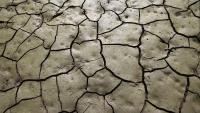
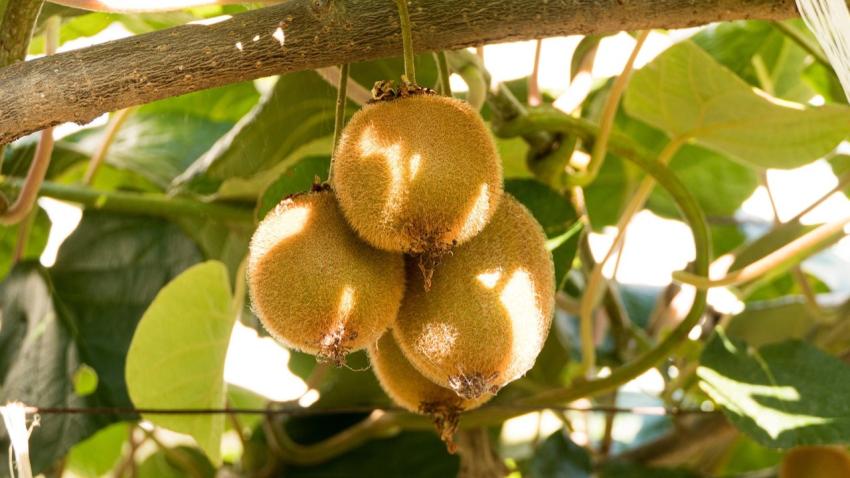
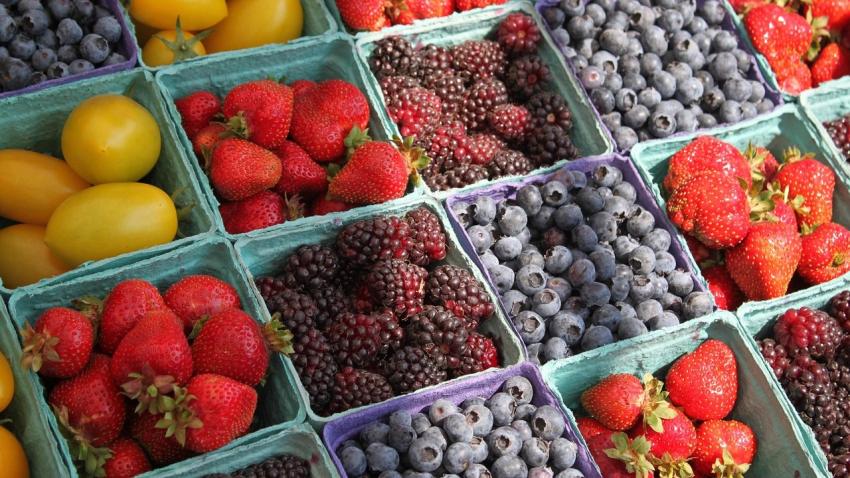
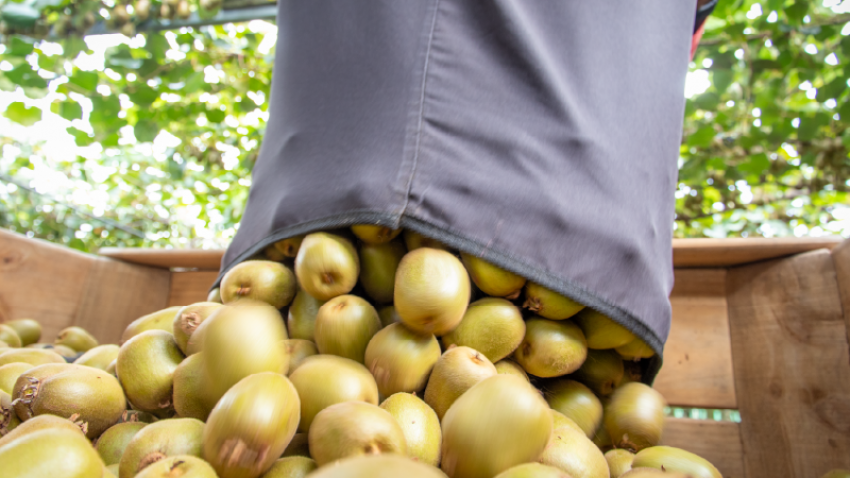
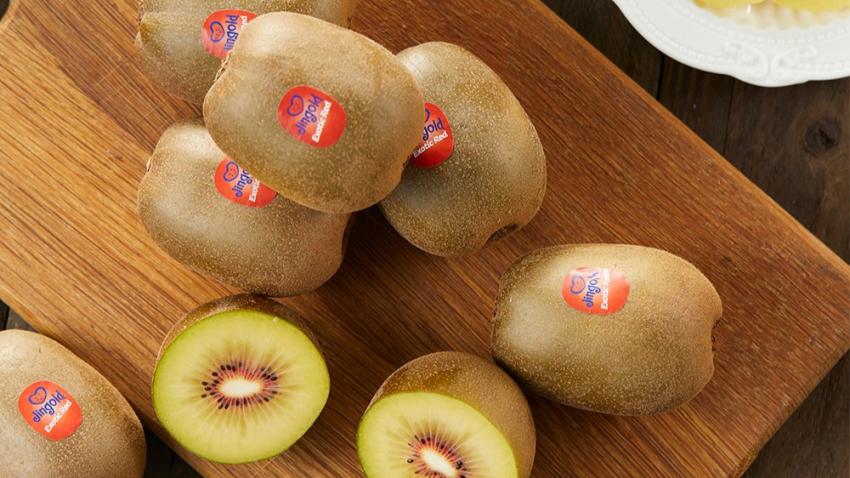







Add new comment